Pre-Modern Japanese Art
1/82
There's no tags or description
Looks like no tags are added yet.
Name | Mastery | Learn | Test | Matching | Spaced |
|---|
No study sessions yet.
83 Terms
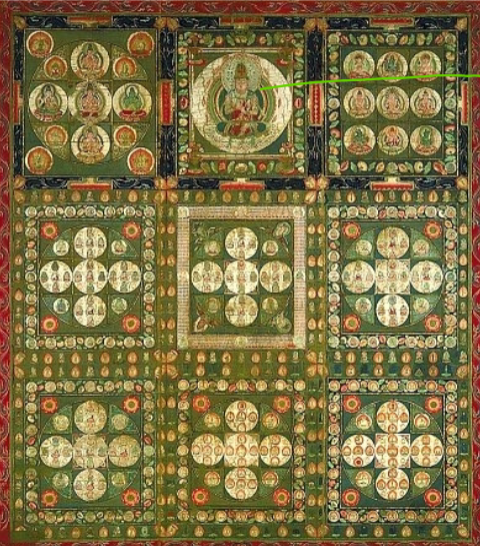
Name
Diamond World Mandala of the Mandala of the Two Worlds
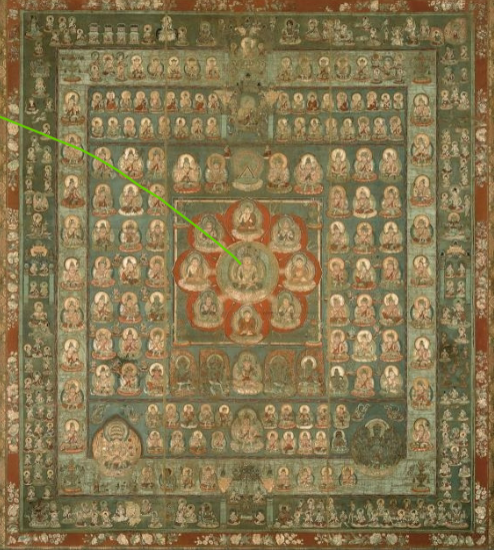
Name
Womb World Mandala of the Mandala of the Two Worlds

Materials
Hanging scroll, ink and color on silk
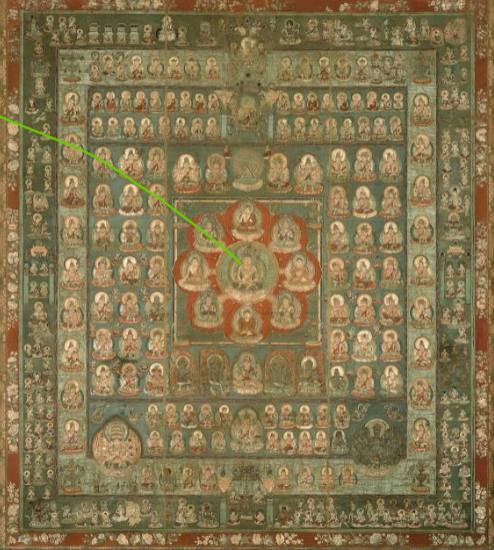
Materials
Hanging scroll, ink and color on silk
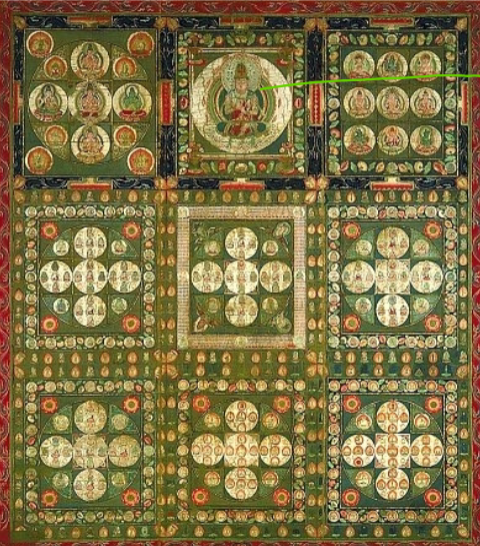
Period and Location
Heian Period- second half of 9th century, Toji, Kyoto
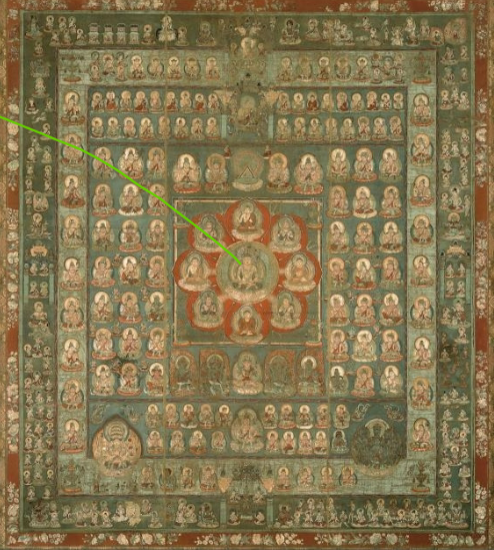
Period and Location
Heian Period- second half of 9th century, Toji Kyoto

What Buddha is in the pair?
The Dainichi Buddha/Great Sun Buddha
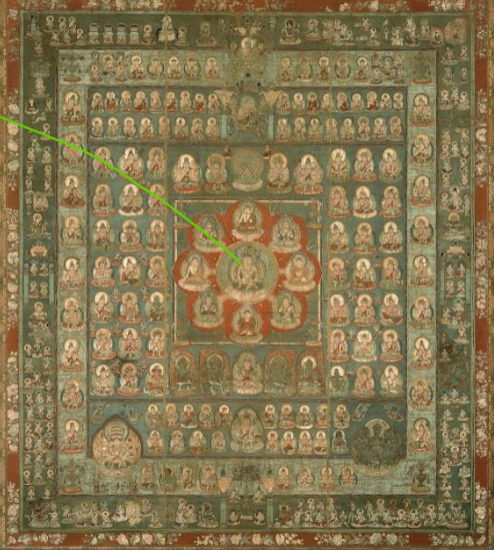
Which school of Buddhism are these scrolls with?
Esoteric Buddhism

What does this scroll represent?
The wisdom of the Buddha
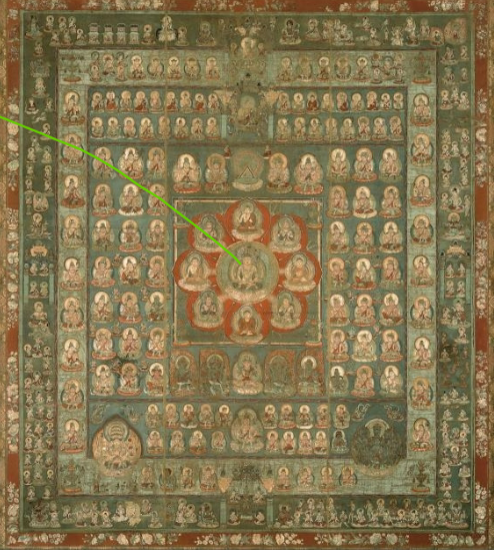
What does this scroll represent?
The compassion of the Buddha
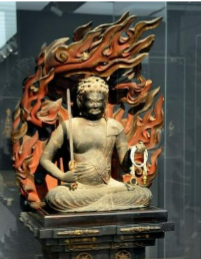
Who is this?
A wisdom king or Myo-o
How are Wisdom Kings represented?
With a flaming halo, a sword, and a lasso. Often have an angry expression.
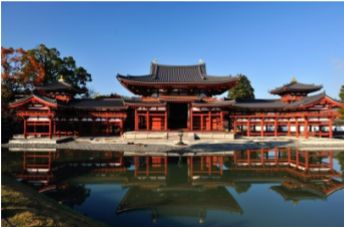
Name
Main Hall or Phoenix Hall of Byodoin Temple

Period and Location
Heian period- c. 1052, Uji, near Kyoto

Note about this Temple
Originally was a villa of the Fujiwara Clan. Was converted to a Temple

What does the architecture allude to?
Amida Buddhism’s Western Paradise
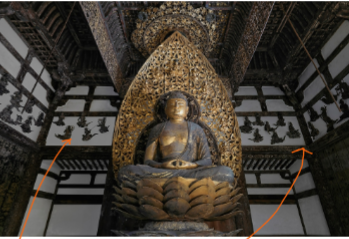
Name
Amida Buddha
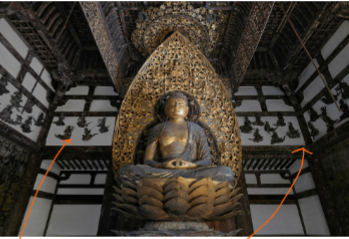
Materials
Gilt wood, joined-block method
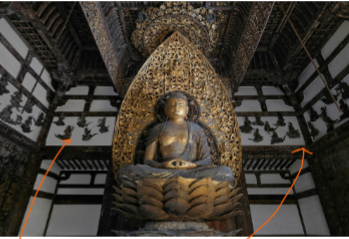
Period and Location
Heian Period- 1053 CE, in Phoenix Hall in Byodoin Temple in Uji
Single Block Carving
Carving sculpture from a large block of wood, only one block, prone to cracking, very heavy
Joined-Block Carving
Carving sculpture from multiple pieces of wood and joining them together, allows for large sculptures, multiple sculptors can work at the same time, can be hollowed out
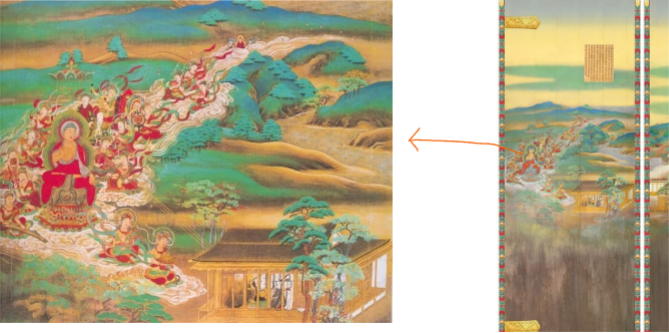
Name
Raigo
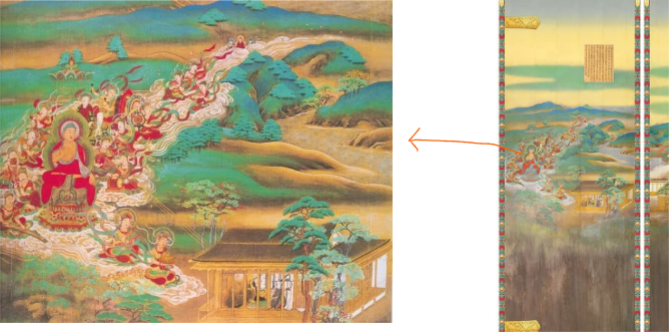
Materials
Painting on wooden wall panel
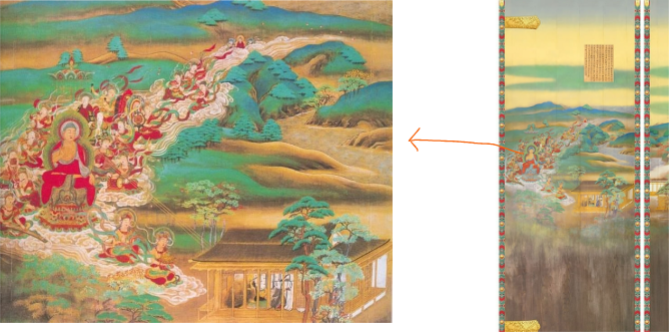
Period and Location
Heian Period, Phoenix Hall in Byodoin Temple in Uji
What is Raigo
The descent of the Amida Buddha to welcome a dying person into the Western Paradise

Name
The Tale of Genji Emaki

Materials
Handscroll, ink and color on paper

Period
Heian Period- early 12th century
What is emaki an example of?
The Yamato-e style painting
What are some characteristics of Yamato-e painting?
Non-religious subjects, colorful pigments, stylized with simplified features(line-eye, hook-nose style), flattened space, bird’s eye view

Name
“Scene of Defecators” from Scroll of Hungry Ghosts(gaki)

Materials
Handscroll, ink and color on paper
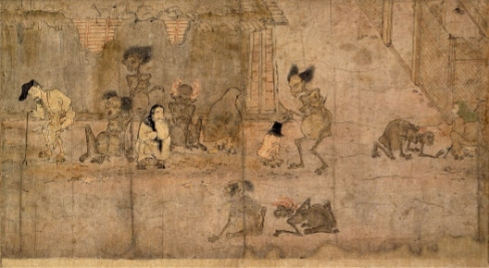
Period
Heian-Kamakura Period- 12th-13th century
What are gaki?
Hungry ghosts tormented by perpetual thirst and hunger
What are the Six Realms of Existence?
Devas
Humans
Ashuras
Animals
Hungry Ghosts
Hell Beings
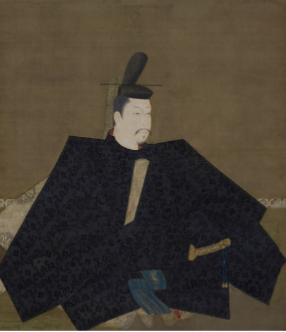
Name
Portrait of Minamoto (Kamakura) Shogun
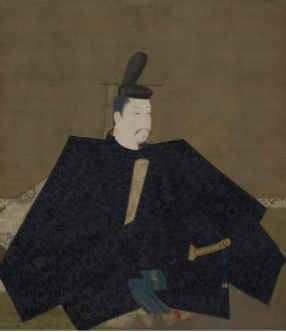
Materials
Hanging scroll, ink and color on silk
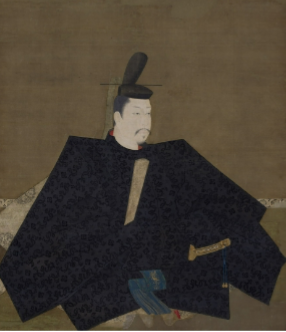
Period
Kamakura Period- 13th century
What is characteristic of Kamakura Period art?
Realism
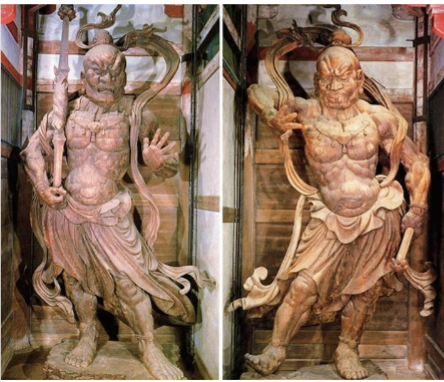
Name
Pair of Nio Guardians

Artist
Unkei, Kaikei, and sculptors of the Kei School
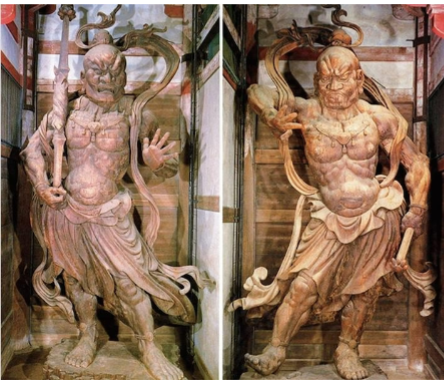
Materials
Wood with paint, assembled wood method
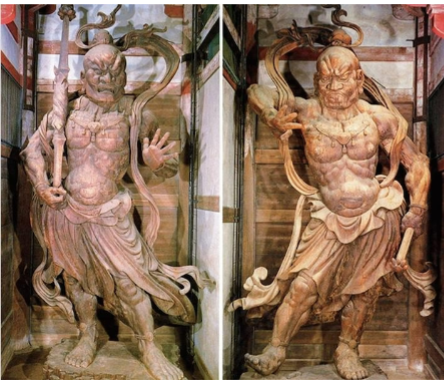
Period and Location
Kamakura Period- 1203, Great South Gate in Todaiji in Nara

Name
Kami Hachiman in the Guise of a Buddhist Monk

Artist
Kaikei

Period and Location
1201 CE, Hachiman Hall in Todaiji in Nara
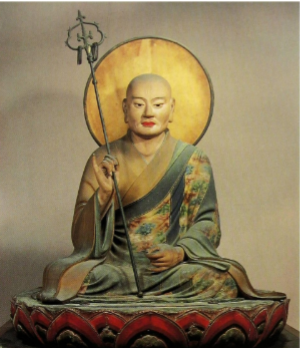
Materials
Wood and paint
Who is Hachiman?
the Shinto kami of war and protector of warriors
Syncretism
the merging of Shintoism and Buddhism, the Shinto kami as local manifestations of Buddhist deities
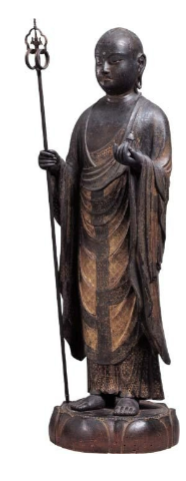
Name
Jizo Bodhisattva

Artist
Kaikei
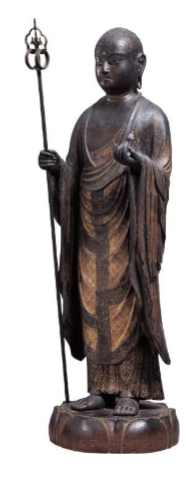
Materials
Lacquered wood with color, gold, kirikane, and inlaid crystal eyes

Period
Kamakura Period- 1202
Characteristics of Jizo
In the guise of a monk, holding a wish-fulfilling jewel in his left hand and a monk’s staff in his right hand
Who is Jizo?
A Bodhisattva protector of children and travelers
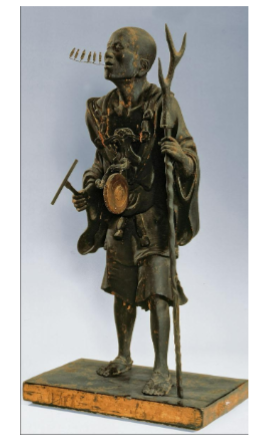
Name
Priest Kuya
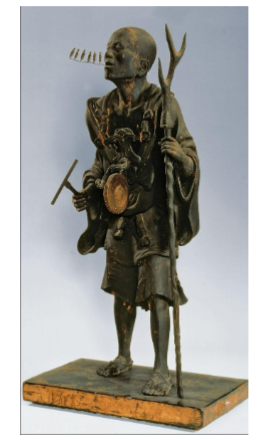
Artist
Kei School sculptor
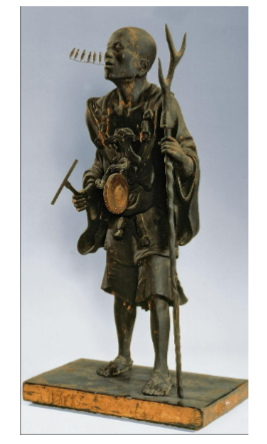
Materials
Wood with paint and inlaid crystal eyes

Period
Kamakura Period- 13th century
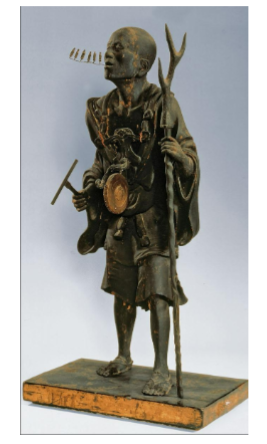
What is coming out of his mouth?
visualization of nenbutsu(prayer to Buddha), the six Buddhas represent the six kanji that mean Amida’s name

Name
Daruma

Artist
Sesshu Toyo
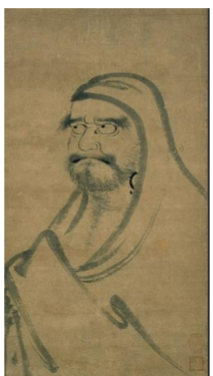
Period
Muromachi Period- 15th century
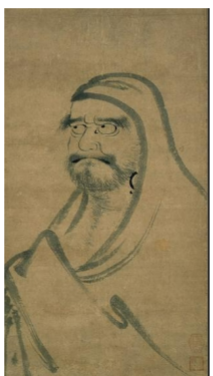
Materials
Hanging scroll, ink on paper
Who is Daruma?
Legendary Indian monk who founded Chan/Zen Buddhism in 6th Century CE China
Characteristics of Zen Buddhist Art
monochromatic, minimalist
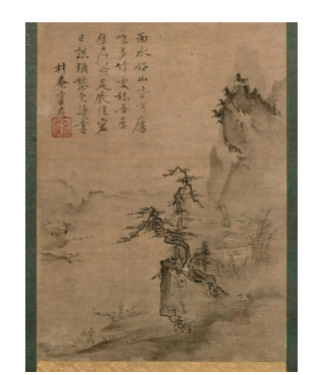
Name
Mountain and Water Painting
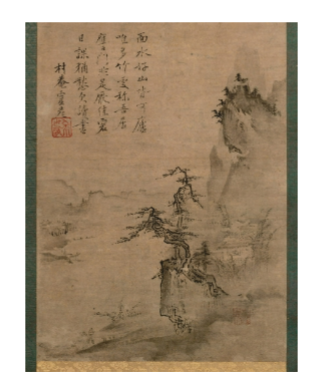
Materials
Ink
Three art forms revered in China and Japan
Poetry, Calligraphy, and Painting
Three Natural elements in Ink Landscape Paintings
Rocks, Trees and Water
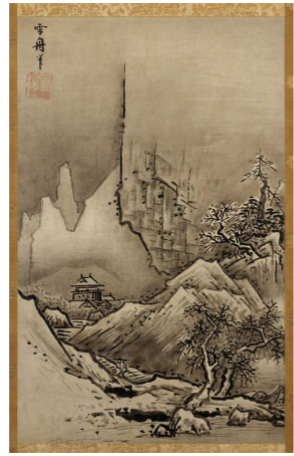
Name
Winter Landscape
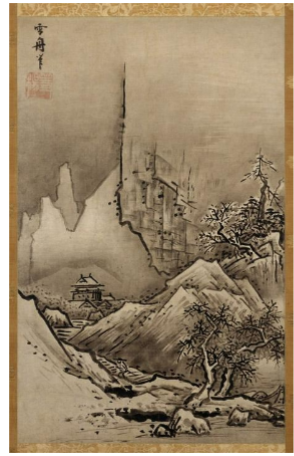
Artist
Sesshu Toyo
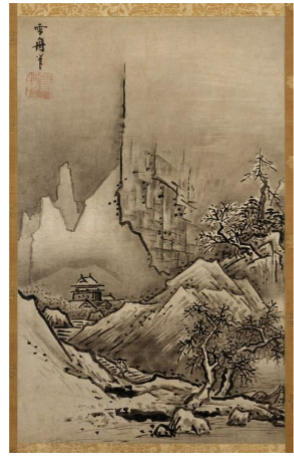
Materials
Hanging scroll, ink on paper
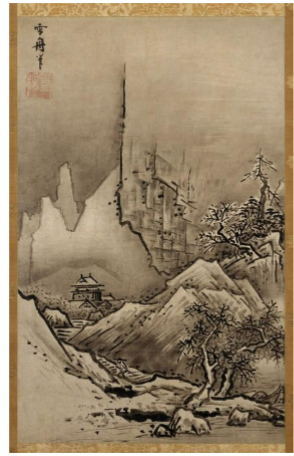
Period
Muromachi Period- c. 1470s
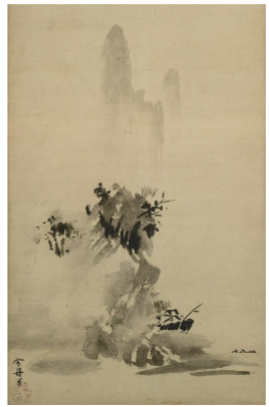
Name
Splashed-Ink Landscape
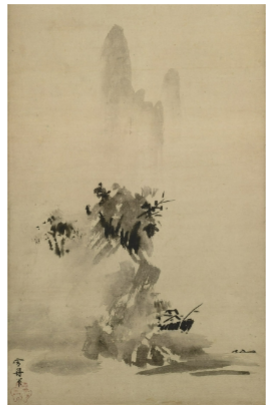
Artist
Sesshu Toyo

Materials
Ink on paper

Period
Muromachi Period- 1495
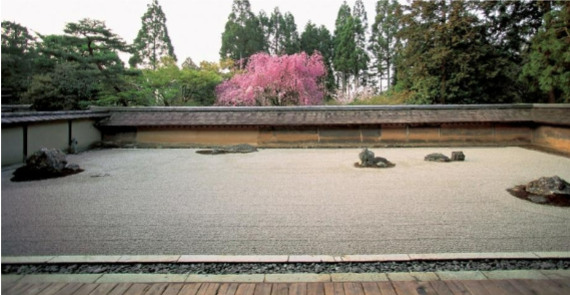
Name
Zen Rock Garden

Materials
Rocks and gravel
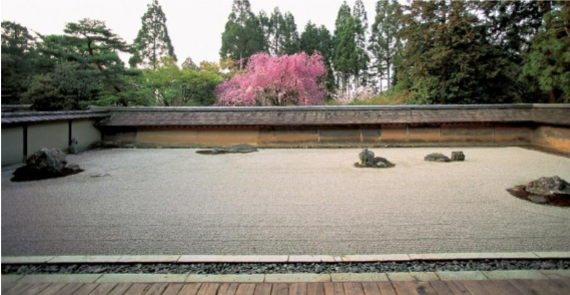
Period and Location
Muromachi Period- c. 1480, Ryoanji Temple in Kyoto
Dry Garden
a garden made out of stones without any water, water is represented with pebbles
Borrowed Scenery
Incorporated natural elements beyond the garden boundary